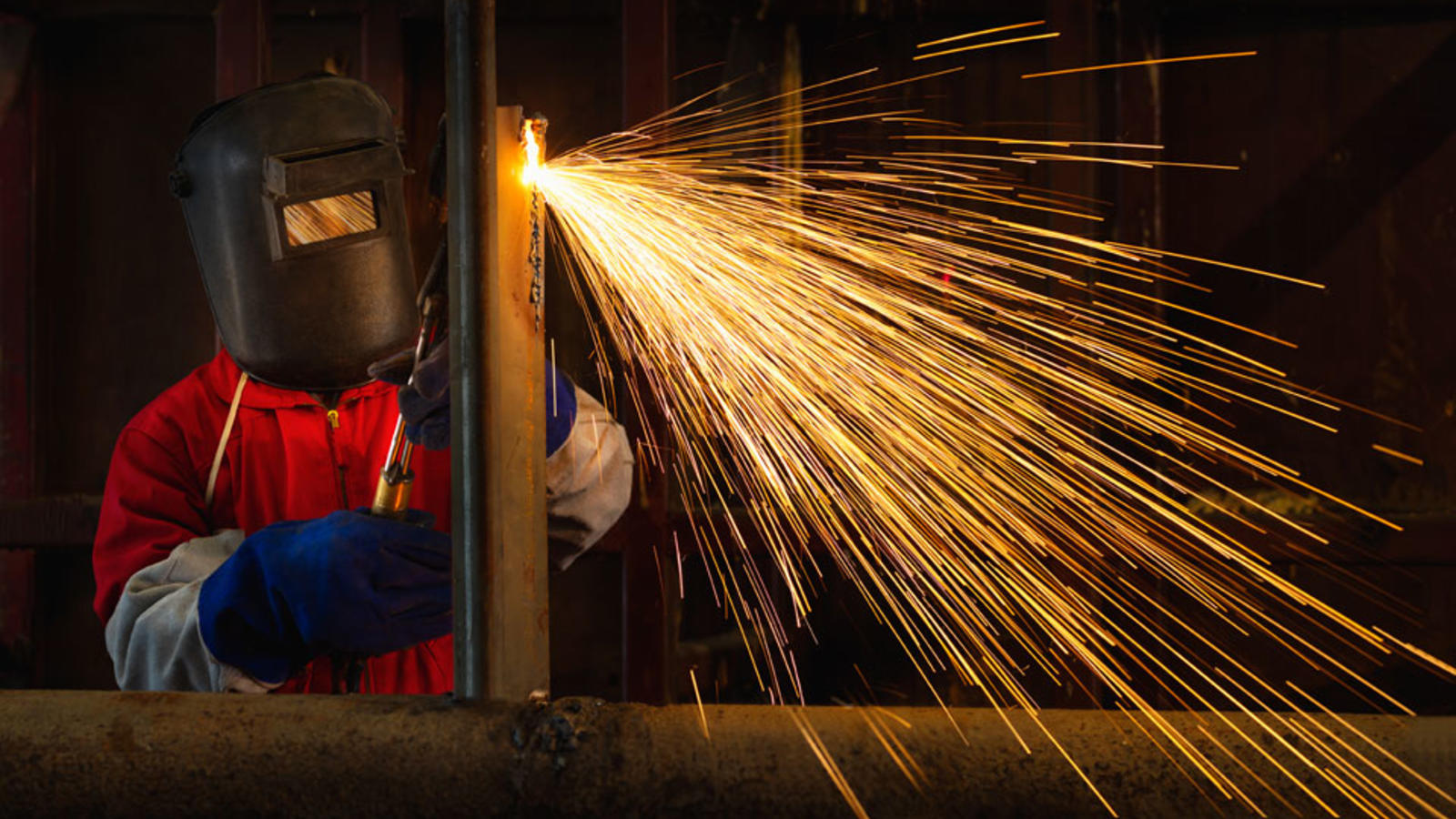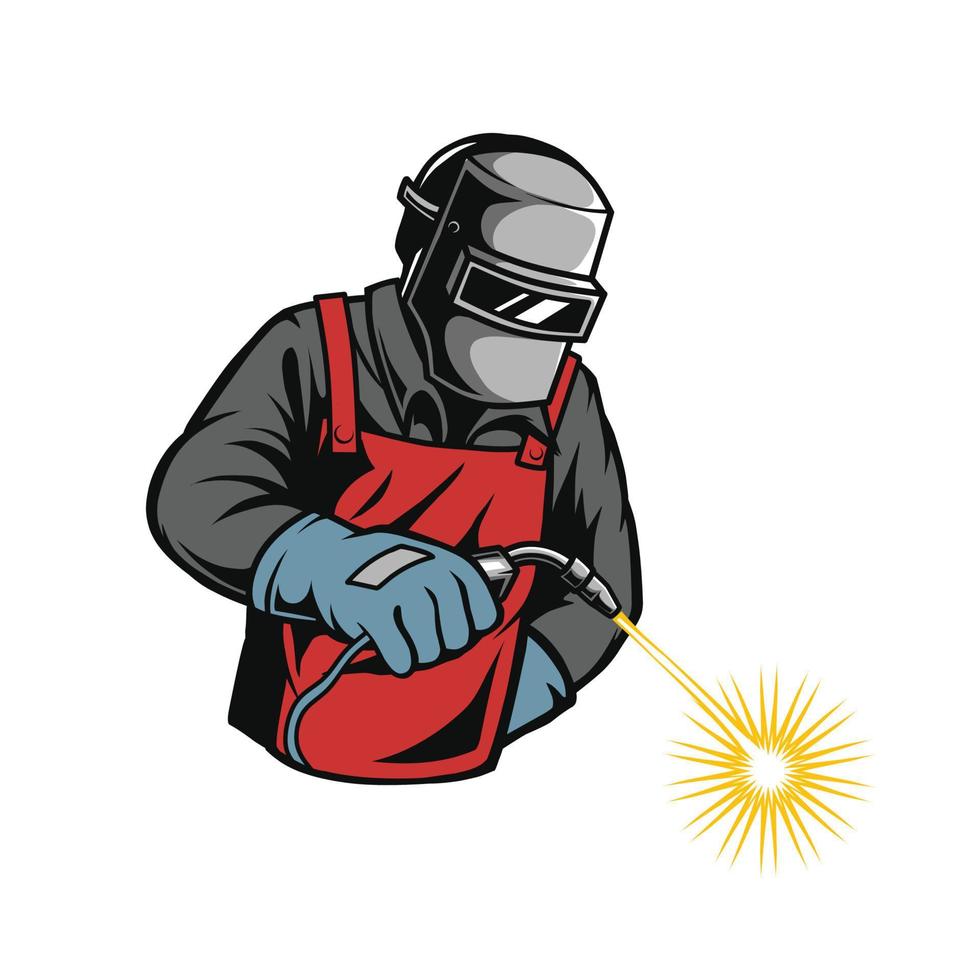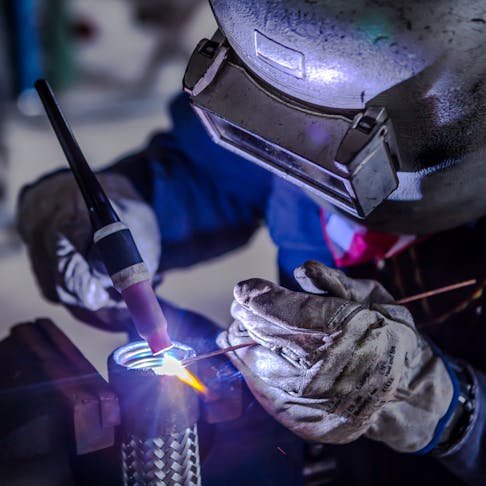Understanding Welding WPS: Comprehensive Overview for Welders
Understanding Welding WPS: Comprehensive Overview for Welders
Blog Article
The Ultimate Overview to Welding WPS Procedures: A Detailed Introduction for Welders
In the elaborate world of welding, Welding Procedure Requirements (WPS) act as the foundation of guaranteeing high quality, uniformity, and safety and security in welding operations. Comprehending the subtleties of producing, applying, and keeping an eye on WPS treatments is essential for welders wanting to elevate their craft and satisfy industry criteria. As we explore the numerous parts of a WPS and discover the complexities of certification and accreditation, we will certainly reveal the essential role these procedures play in the realm of welding. Let's start a trip to unwind the intricacies and relevance of WPS procedures in welding practices.
Significance of WPS Procedures
Recognizing the importance of Welding Treatment Specifications (WPS) treatments is critical for ensuring the top quality and honesty of welded structures. WPS treatments act as a roadmap for welders, laying out the essential actions, parameters, and products called for to achieve a sound weld. By sticking to WPS guidelines, welders can ensure consistency in their job, causing structurally sound and trusted welds.
Among the primary factors why WPS procedures are necessary is their duty in preserving weld top quality and stability. Adhering to the specified welding parameters and strategies outlined in the WPS assists prevent flaws such as porosity, cracking, or insufficient fusion, which can jeopardize the strength and longevity of the weld. In addition, WPS procedures are critical for making sure conformity with market criteria and codes. By following well-known WPS guidelines, welders can show that their job meets the essential requirements for safety and security and quality, supplying assurance to clients, assessors, and governing bodies. Essentially, the importance of WPS procedures can not be overemphasized, as they are fundamental to achieving regular, high-quality welds that satisfy sector standards and specifications.

Elements of a WPS
A Welding Procedure Spec (WPS) usually consists of essential components that information the details requirements for implementing a weld, making certain consistency and top quality in the welding process. The vital parts of a WPS consist of vital variables such as base metals, filler metals, interpass and preheat temperatures, welding processes, shielding gases, welding placements, and post-weld warm treatment demands.
Base metals describe the products being joined, while filler metals are used to fill up the void in between the base metals throughout welding. Preheat and interpass temperature levels are essential for regulating the warmth input and preventing concerns like breaking or distortion. The welding procedure lays out the details strategy to be utilized, whether it's gas steel arc welding (GMAW), shielded metal arc welding (SMAW), or an additional approach. Shielding gases secure the weld swimming pool from climatic contamination. Welding placements specify the positionings in which welding can be done. Post-weld warm therapy may be required to alleviate tensions and enhance the weld's residential properties. A thorough understanding of these parts is vital for creating a effective and extensive WPS.

Credentials and Qualification
Having developed the necessary components of a Welding Procedure Spec (WPS), the focus now moves towards the critical elements of credentials and accreditation in welding methods.

Certification, on the other hand, is the formal acknowledgment of a welder's certifications by a relevant certification body or company. Welding qualifications are typically based upon the specific welding processes, products, and settings a welder is certified to work with. Holding a legitimate welding accreditation demonstrates that a welder satisfies market standards and is skilled to carry out welding tasks to the called for requirements.
Developing a WPS
To establish a Welding Procedure Requirements (WPS) that meets industry criteria, cautious consideration of welding processes, materials, and operational parameters is necessary. The initial step in producing a WPS is to determine the welding procedure to be utilized, such as gas metal arc welding (GMAW) or shielded metal arc welding (SMAW)

Implementing and Keeping Track Of WPS
Upon settling the thorough Welding Treatment Requirements (WPS) that thoroughly information welding procedures, products, operational specifications, and quality control procedures, the focus changes to successfully carrying out and monitoring the well established treatments. Application includes making certain that all welders you can check here entailed in the project are familiar with the WPS and follow it carefully during the welding procedure. This requires giving ample training and guidance to guarantee adherence to the specified procedures. Monitoring the WPS includes continuous oversight to confirm that welding tasks line up with the documented specs. Inspections, testing, and quality assurance actions are important components of the tracking procedure to determine any type of problems or inconsistencies promptly. Regular audits and reviews of the welding treatments aid in preserving consistency and high quality throughout the task. Effective implementation and monitoring of the WPS are essential for making certain the integrity, toughness, and security of the welded joints, eventually contributing to the overall success of the welding job.
Final Thought
In conclusion, understanding and following Welding Treatment Specifications (WPS) is vital for welders to guarantee quality, consistency, and safety and security in their work. By knowing the parts of a WPS, getting correct qualifications and qualifications, creating comprehensive procedures, and carrying out and checking them effectively, welders can enhance their skills and efficiency in welding techniques. Sticking to WPS treatments is important for creating top notch welds and conference sector standards.
In the complex globe of welding, Welding Treatment Requirements (WPS) serve as the foundation of making sure top quality, uniformity, and safety and security in welding procedures. The welding procedure describes the details strategy to be made use of, click for info whether it's gas steel arc welding (GMAW), secured steel arc welding (SMAW), or an additional approach.To create a Welding Treatment Requirements (WPS) that fulfills market requirements, cautious consideration of welding processes, materials, and operational criteria is crucial. The very first step in creating a WPS is to identify the welding process to be utilized, such as gas steel arc welding (GMAW) or secured metal arc welding (SMAW)Upon completing the thorough Welding Procedure Spec (WPS) that thoroughly information welding procedures, materials, operational criteria, and high quality assurance steps, the emphasis moves to successfully applying and monitoring the well established procedures.
Report this page